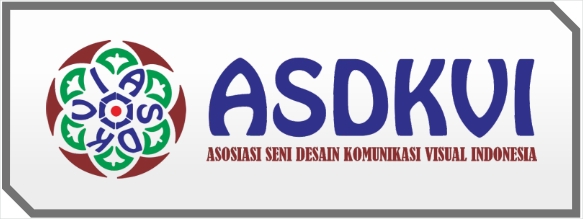Persepsi Tayangan Sinetron Anak Jalanan Di Rcti Oleh Masyarakat Di Lingkungan Kelurahan Koto Baru, Pasaman Barat
DOI:
https://doi.org/10.59581/seniman-widyakarya.v1i1.476Keywords:
Perception, Soap Opera, Street Children.Abstract
This study aims to find out about the perception of street children soap operas on RCTI by the Community in the Koto Baru Village, West Pasaman. The initial problems with television shows, especially the soap opera "Street Children" which is currently so loved by some Indonesian people today, and also people in West Pasaman and its surroundings. it seems that these shows no longer provide positive benefits to society. which often featured scenes of fights between motorbike gangs, then also always presented scenes with arrogant, cunning, and evil characters. This of course can have the effect of changing people's bad behavior as well, due to the habit of watching these shows.
By using descriptive research methods to study problems in society, as well as procedures in society and certain situations including relationships, activities, attitudes, views and ongoing processes and the influence of a phenomenon including the street children soap opera.
The results of the study found that: in general, street children soap operas are very much liked by Indonesian people, this is because these shows have several important elements that are the center of public attention, namely artists, the characters of the soap opera players and also the big names of RCTI TV stations, as well as broadcast time it's still not late.
RCTI's soap operas for street children still don't provide many positive benefits for the development of society, because they still don't highlight elements of education, then they always highlight bad or evil behavior, and also always highlight scenes of fights between motorbike gangs, so that they display more elements of violence in the show.
Street children soap operas that focus on elements of entertainment for the community and audience and there are a few religious elements that can be seen in these shows.
References
Amri Jahi, 1988, Komunikasi Massa dan Pembangunan Pedesaan; Di Negara-Negara Dunia Ketiga, Suatu Pengantar, Gramedia, Jakarta.
Aubrei Fisher, 1986, Teori-Teori Komunikasi (Terjemahan), Ramajarosdakarya, Bandung.
M. M. Djojodinegoro, 1959, Azas- azas Sosiologi, Bina Cipta, Bandung Arifin Anwar, 1992, Strategi Komunikasi, Armico, Bandung
Astrid Susanto, 1977, Komunikasi dalam Teori dan Praktek, Jilid I, Bina Cipta, Bandung. Jalaluddin Rakhmad, 1989, Psikologi Komunikasi, Remajakarya, Bandung
Jalalludin Rakhmat 2004. Metode Penelitian Komunikasi, Remaja Rosdakarya, Bandung. Mulyana, Deddy. 2005. Ilmu Komunikasi Suatu Pengantar, , PT. Remaja Rosda Karya, Bandung. Onong U. Effendy, 1984, Televisi Siaran Teori dan Praktek, Alumni, Bandung
Effendy, 1986, Dinamika Komunikasi, Remaja Rosdakarya, Bandung
Effendy, 1989, Kamus Ilmu Komunikasi, Mandar Maju, Bandung Pratikno, 1982, Lingkaran-lingkaran komunikasi, Alumni Bandung
Data Kelurahan Koto Baru, Pasaman Barat













